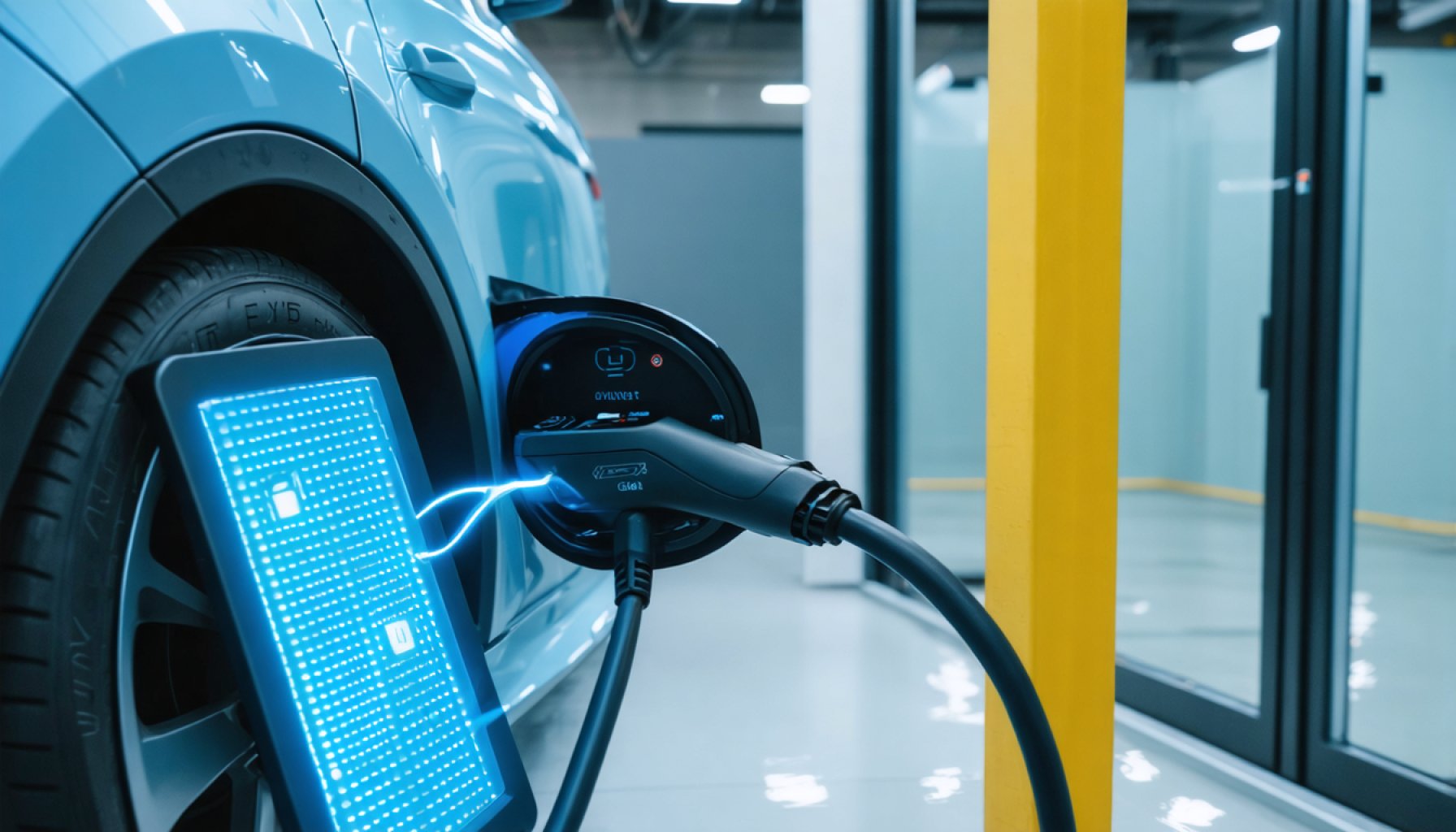
- Electric vehicles (EVs) face battery degradation after reaching 70% to 80% capacity, prompting recycling or repurposing.
- Second-life applications of EV batteries include powering low-demand devices and integrating into stationary storage systems.
- European and Chinese markets are leading the charge in repurposing EV batteries for sustainable energy solutions.
- Challenges include EU recycling regulations and competition from first-life lithium-ion storage systems.
- Despite obstacles, second-life EV batteries present a sustainable blueprint for future energy paradigms through collaboration and innovation.
The hum of progress moves ever forward, and electric vehicles (EVs) are the vanguard of this transformation. As they silently roll off assembly lines around the world, their heart and soul—the batteries that power them—face the inevitable: degradation. Yet, as their initial journey ends, a new chapter begins, one rich with untapped opportunity and innovation.
Beneath their hardened casings, EV batteries are engineered marvels. Typically, they are pushed to the brink, serving tirelessly until they retain only 70% to 80% of their initial capacity. At this juncture, traditional wisdom suggests it’s recycling time, a fate met by many. But a revolution is quietly brewing, and the prospects for these powerhouses are aglow with promise.
Emerging technologies are rewiring our perceptions, as a narrative of second-life repurposing starts to unfold. Instead of breaking apart each cell to reclaim precious metals like lithium, cobalt, and nickel, these batteries are finding new vocations. Think of them as actors taking on a second role, contributing to a cleaner, more efficient performance. They might power low-demand devices or integrate into stationary storage systems. In poignant scenes captured across Europe and the United States, second-life batteries fuel stages at festivals, power construction sites in remote locales, and enable charging stations in areas off the beaten path.
Globally, this momentum gathers strength. China, a behemoth in the EV market, leads the repurposing charge with a fervor that aligns with their quest for sustainability. Telecom towers and massive UPS (uninterruptible power supply) systems bask in the backup glow of EV batteries’ second act. Europe sees 20 companies, spanning from Germany to the UK, stepping into this innovative market, echoing this transition from the old to the new.
Despite the enthusiasm, challenges remain as dense as the forests of policy hurdles. European Union regulations focus intently on recycling quotas post-2036, potentially constricting the sneaking vines of repurposing initiatives. This strategic focus places the recycling route as the preferred pathway, leaving the cultural shift towards second-life applications yearning for recognition in the corridors of power.
On the horizon, a looming shadow grows: the rapid spread of first-life lithium-ion battery energy storage systems. Their prices decrease as their ubiquity increases, posing stiff competition to their repurposed counterparts. Performance struggles of degraded batteries magnify this friction, nudging stakeholders toward innovative solutions that balance cost with ecological benefit.
Yet, within this kinetic landscape lies an undeniable truth: second-life EV batteries are not mere echoes of their original selves. They represent a blueprint for sustainable energy paradigms that may shape our future. Through collaboration, forward-thinking partnerships, and strategic funding avenues, their potential can be amplified.
The story of second-life electric vehicle batteries reminds us of the universal truth about resilience and reinvention. It echoes through the wires of our collective ambition to create a sustainable world and finds expression in the simple, vital act of anticipating new roles for old actors. As we stand on the brink of this electrifying future, the promise of these unsung heroes of the battery world invites us all to imagine the possibilities.
Unlocking the Future: The Untold Potential of Second-Life EV Batteries
Introduction
Electric vehicles (EVs) are heralding a transformative era in transportation, but the journey doesn’t end when their batteries degrade to 70-80% capacity. Instead of consigning them to recycling, a burgeoning movement is giving these batteries a new lease on life through innovative second-life applications. This article delves into the multifaceted potential and challenges of repurposing EV batteries and provides actionable insights for embracing this sustainable paradigm shift.
New Prospects and Technologies
1. Energy Storage Solutions: Second-life EV batteries are increasingly being used in residential and commercial energy storage systems. These systems store solar or wind energy for use during periods of low generation, contributing to grid stability and reducing dependency on fossil fuels.
2. Backup Power Sources: Their ability to provide backup power to telecommunication towers and data centers showcases their potential beyond typical automotive applications. This market is particularly expanding in regions where stable electricity is a luxury, not a given.
3. Grid Support and Stabilization: These batteries can also be integrated into larger grid-scale storage solutions, helping smooth out energy supply and demand and providing frequency regulation services.
Emerging Trends and Market Forecasts
– Market Growth: The global second-life battery market is expected to grow substantially. Analysts predict a compound annual growth rate (CAGR) of over 20% by 2030, driven by lower costs compared to new batteries and increasing demand for sustainable energy solutions (Source: Allied Market Research).
– Technological Advancements: Continued improvements in battery management systems (BMS) enhance the efficiency and performance of second-life batteries, making them more attractive for diverse applications.
– Regional Leaders: China currently leads in second-life applications, driven by government incentives and a strong domestic recycling industry. However, Europe and North America are rapidly catching up as policy frameworks and consumer interest align with sustainable practices.
Controversies and Challenges
1. Regulatory Uncertainty: European Union policies, focusing heavily on recycling, may inadvertently hinder the growth of second-life industries. Lobbying for adaptive regulations is crucial to overcome this barrier.
2. Performance Degradation: One inherent limitation is the reduced capacity and efficiency compared to new batteries, which can deter potential users. Continued research into extending battery life and peak performance is essential.
Pros and Cons Overview
Pros:
– Cost-effective energy solution
– Reduces environmental impact of recycling processes
– Can provide energy access in remote areas
Cons:
– Regulatory challenges
– Limited lifespan compared to new batteries
– Performance may not meet all technical requirements
Quick Tips for Adoption
– Partnerships: Form alliances with technology companies focused on battery management to maximize the utility of second-life batteries.
– Local Initiatives: Encourage local governments to pilot second-life battery projects, particularly in underserved or rural areas.
Conclusion
Second-life EV batteries offer a promising avenue for sustainable energy solutions. By embracing this potential, industries can pave the way for a cleaner, more sustainable future. Proactive policy adaptation, technological investment, and public-private collaborations will be pivotal in unlocking these untapped opportunities.
For more on the future of sustainable technologies, visit Sustainable Innovations.



